Most of us spend around 90% of our days indoors, which, when you think about it, is scary given that humans evolved mostly outdoors. In general, daylight is the most natural and healthiest form of light, so it makes sense to optimise the daylight in your home for enhanced health and well-being.
The benefits of daylight
One of the most obvious benefits of natural light is that it's free! Strategic natural lighting can reduce energy costs as it can help to both heat or brighten a space without using electricity. It can even make you money if you go down the solar route! It also has wide-ranging health and productivity gains.
Daylight supports circadian rhythm and better sleep.
Daylight profoundly impacts human biology, controlling the body's circadian rhythm, affecting mood and perception, and enabling critical chemical reactions in the body. Circadian rhythm is an internal clock that keeps the body's hormones and bodily processes on a 24-hour cycle. It influences wake/sleep cycles, hormone releases, body temperature and metabolism, all of which regulate multiple physiological processes such as digestion and sleep. Getting the right amount of daylight throughout the day can support better circadian health and sleep.
Daylight and its Effects on immunity & general Health
Natural lighting is the primary vitamin D source. Your skin makes it when exposed to the sun, which is why it's also known as the 'sunshine' vitamin. A study conducted in 2010 found that this vital vitamin influences the functioning of over 200 genes in our bodies.
"Our study shows quite dramatically the wide-ranging influence that vitamin D exerts over our health."
The study's lead authors, Dr Andreas Heger, from the MRC Functional Genomics Unit at Oxford
Vitamin D influences the bones, intestines, cardiovascular system, pancreas, muscles, brain, the control of eye cell cycles and the most widely known immune system.
The effect of daylight on blood pressure
Natural lighting reduces blood pressure. Research shows that sunlight alters the small messenger molecule nitric oxide (NO) in the skin and blood, which lowers blood pressure.
"NO, along with its breakdown products, is known to be abundant in skin and is involved in regulating blood pressure. When exposed to sunlight, small amounts of NO are transferred from the skin to the circulation. This lowers blood vessel tone; as blood pressure drops, so does the heart attack and stroke risk.
Martin Felisch, professor of Experimental Medicine and Integrative Biology at the University of Southampton
How daylight can increase productivity & focus
Natural light throughout the day, especially in the morning, increases concentration and focus and reduces stress and anxiety. If you can bask in natural daylight at the start of your day, through a walk or morning coffee in your garden, it will help to create an inner calm.
"If people are exposed to light in the morning that mimics wavelengths of natural daylight, they become better at coping with anxiety-provoking experiences. The light improves the communication between the brain regions central to our handling of emotions such as stress and anxiety."
PhD fellow Brenda Mahon, MD of the Neurobiology Research Unit at the Copenhagen University Hospital, Denmark.
Increased serotonin production with daylight and its appetite-suppressing ability
Another part of the calming effect may be down to the fact that daylight increases happiness through the release of serotonin in the brain on exposure to sunlight. This hormone improves mood by alleviating pain, providing energy, and making us happy and well-rested. It has also been found that having higher serotonin levels suppresses appetite, which could help you lose weight.
Another 2014 study published in Diabetes Journal showed that exposure to sunlight, specifically UV light produces endorphins, or the feel-good hormone, which suppresses obesity and symptoms of metabolic syndrome. Just be mindful that any exposure to sunlight should be done in moderation.
Daylight improves how your home looks and feels.
From an aesthetic perspective, sunlight can improve the appearance and feel of your home. It does need to be managed and controlled as too much direct sunlight can create excess heat and glare, causing unnecessary discomfort.
A minimal discussed benefit of daylight is the excellent colour quality it provides. Full spectrum light ensures that objects appear natural, with their true colours, which benefits the appearance of everything, from people to art, food and clothing.
How to maximise daylight in your home
So we have covered the benefits of sunlight and daylight, but how do we maximise it within our homes?
First and foremost, the design of a home should aim to provide good daylight first, with consideration around form (for example, big windows vs small) orientation and space planning. On a basic level, high-level glazing introduces more daylight into space than it is low. So if glazing is intended primarily for daylight, it should be as high as possible within the room (or skylights in the ceiling). However, more often than not, glazing also provides views to the outside, so it should be at a height suitable for less able residents and children.
If you live within an existing building, you will likely have no say over the form and orientation of your windows, so you will need to work with what you have. This is where strategic space planning can help you maximise daylight by considering the use and layout of the space. Consider where daylight and sunlight will be most valuable and desirable whilst also considering other factors around glazing, such as privacy, comfort and views.
Here are some simple interior design tips to increase views of the outdoors and bring more daylight into your home
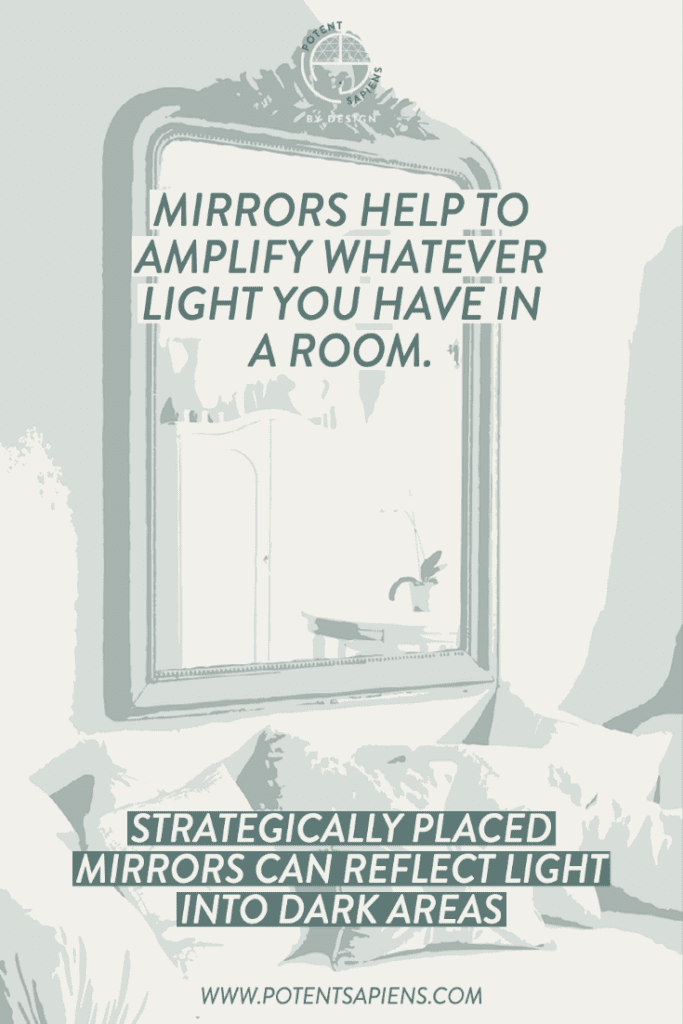

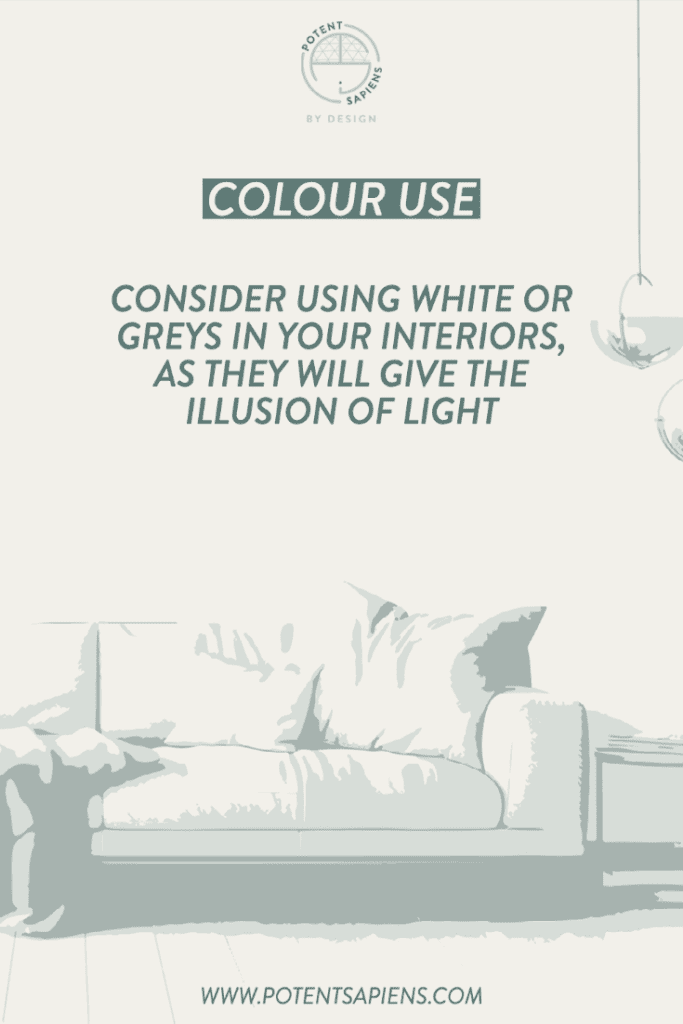
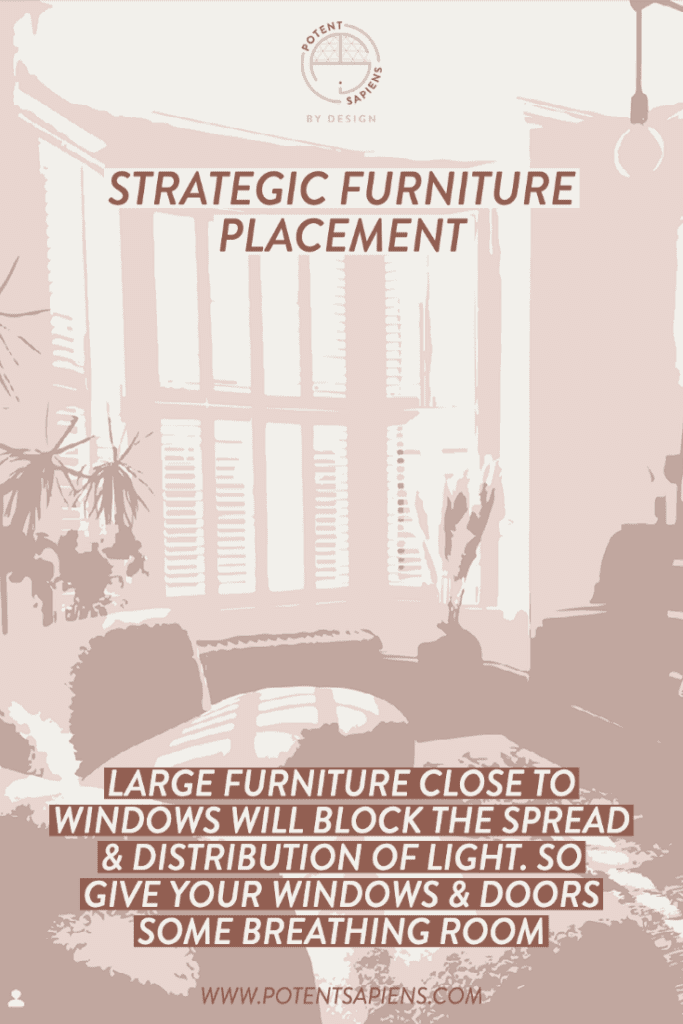
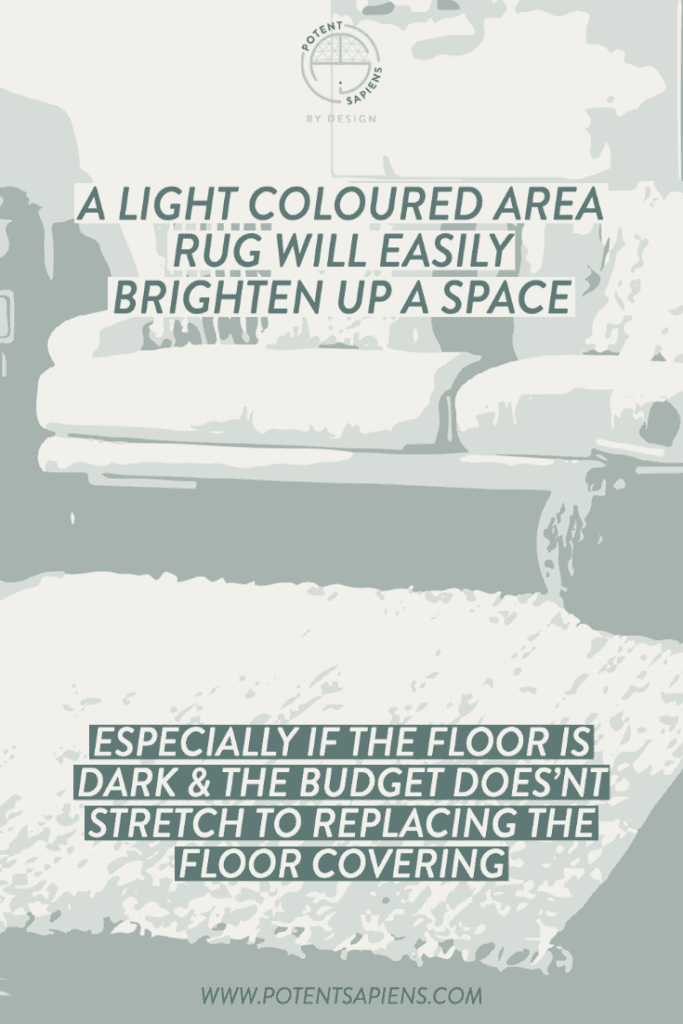
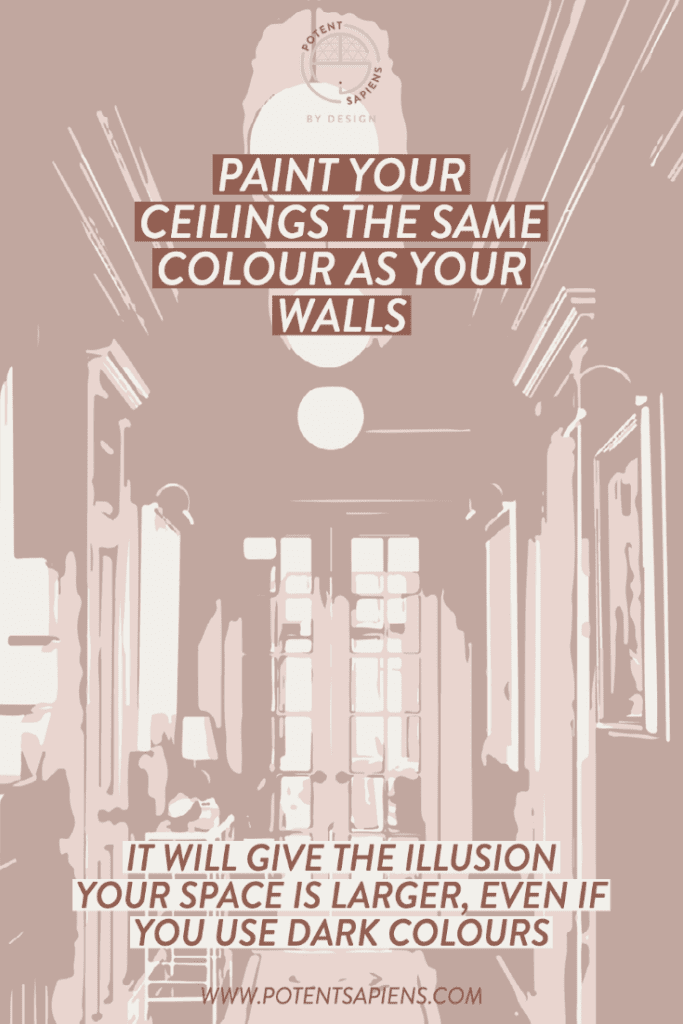
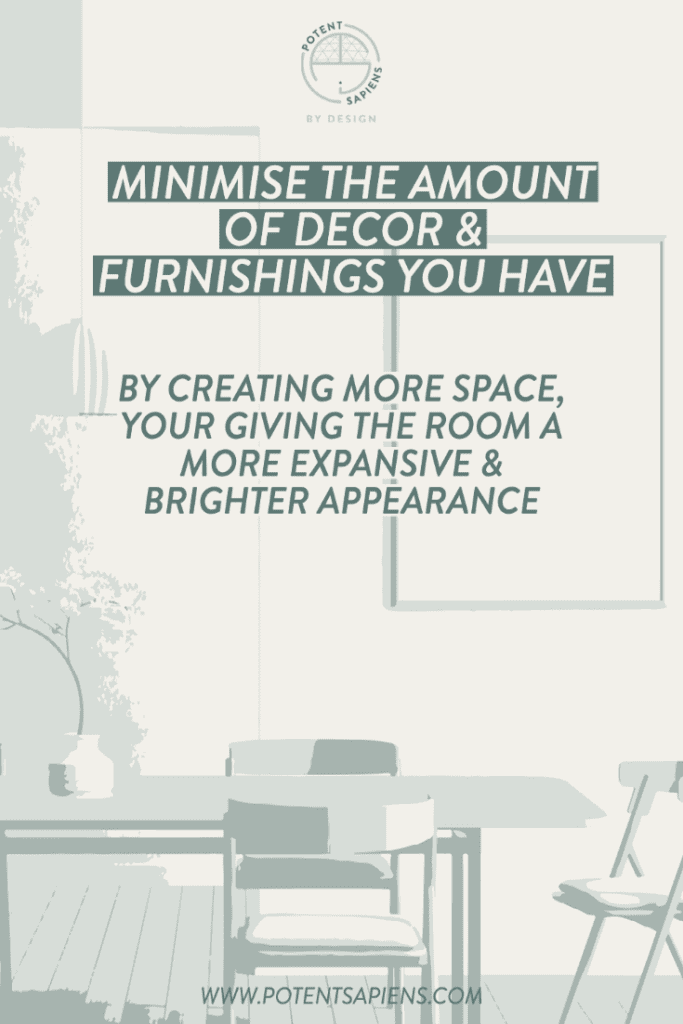

- Reflective surfaces on worktops and walls will bounce light around your interiors, making your space brighter.
- Use light woods for floors, trims or furniture. Light and warm tones will help maximise light if you opt for wood. Anything dark will absorb light, leaving you with a darker space.
- Painting your ceilings white will considerably make the room more spacious and bright.
- Choose light-coloured furniture. This creates the illusion of brightness as it will bounce any light available around the space.
- Opting for a white or pale window surround will amplify the natural light coming into the space whilst giving the illusion that the window is larger than it is.
- Add accent colours; a room doesn't have to be white, grey or beige to maximise brightness. A few accent colours here and there will add personality to your space. Just be mindful of the colours you use. Generally, pastel colours will be the most efficient at maximising light in your room. However, they are not for everyone! You may want to use bold colours instead strategically. Yellows and greens can give the illusion of brightness with that added pop of colour. Alternatively, save the colour for accent pieces like throws, cushions, picture frames, art and other accents. This allows you to keep your space and furnishings bright to help lighten the room while giving you that splash of colour you crave. With the added benefit that you can change them so much easier than painting a wall or buying a new wardrobe!
- Use white lampshades. This will help light disperse into the room and give the illusion of more light.
- Use white window curtains/dressings as they reflect white light creating instant brightness.
In summary
Daylight within the home plays a fundamental role in our everyday lives, and its importance shouldn't be overlooked. There is much research on the health benefits of daylight and sunlight that shows its ability to improve quality of life measures, quantity and quality of sleep, and immunity, among a host of other health and aesthetic benefits.
Whilst you may not have the option to reconfigure windows within your home, many easily implementable ways to bring daylight in still exist. Hopefully, the tips above will enable you to optimise the daylight in your home for enhanced health and well-being.
If you have enjoyed this post, please follow me on Instagram. I will share more ways to create interiors that better support sleep, fitness, healthy eating, comfort, productivity and focus whilst reducing toxic exposure and stress within the home.
If you have any specific questions regarding this post or want to know how Potent Sapiens by Design can help you create your perfect healthy home so you can "live a life that inspires you,' reach out by email, DM or post below in the comments box.



No comments.